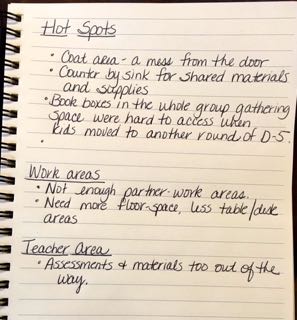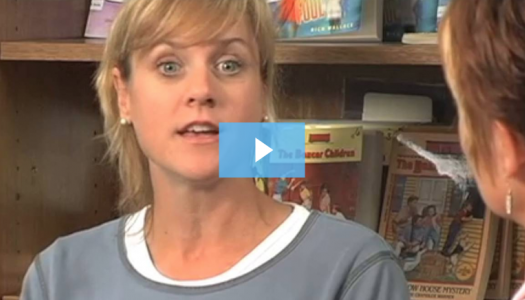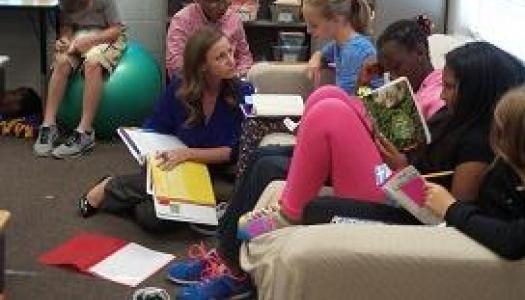Classroom Design—Join Me in End-of-the-Year Reflection
Join Our Community
Access this resource now. Get up to three resources every month for free.
Choose from thousands of articles, lessons, guides, videos, and printables.
Well over 30 years ago, I had an amazing mentor in the form of my student teaching supervisor. This brilliant and highly influential woman, Deanne, was the first person to instill in me the power of the seasonal nature of education. She often spoke about education being one of the few systems that has a definitive beginning and end; a fresh start as a school year commences, balanced by a clearly defined closure as it concludes. It was Deanne who started me on the journey of setting clear intentions for the new school year as well as allowing time and structure for reflection at the year’s end, followed by much-needed rejuvenation and professional development before beginning the season again.
Since many of us are heading toward the culmination of the school year, this is an opportune time to begin thinking about a structure of reflection, areas of personal professional development, and setting intentions for the next school season. One such structure my mentor taught me involves a simple notebook. As you can see from this photo,  the front of my notebook is labeled Intentions and the back is labeled Reflections. Writing the Reflections label upside down on the back cover lets me flip the book over at the end of the year and use it for both setting intentions and reflecting.
the front of my notebook is labeled Intentions and the back is labeled Reflections. Writing the Reflections label upside down on the back cover lets me flip the book over at the end of the year and use it for both setting intentions and reflecting.
Taking the time to think through and write down end-of-the-year reflections enables us to lay the groundwork for getting desired results the following school year. As Tony Robbins reminds us, “If you do what you’ve always done, you’ll get what you’ve always gotten.” We learn from this by using our end-of-year rumination to help outline and set goals on what we want to adjust and change in the year to follow. As we reflect, there will be some practices from the year we want to keep and replicate because they were successful. Other practices we will refine because the results were less than desirable.
If you are new to this practice or are looking to refine your reflection and intention setting, here are some things to consider as the year draws to an end. Over the course of the next few weeks, I hope you will join me in reflection for refining classroom practices. This week we will begin with Classroom Design.
Classroom Design Reflection
- Hot spots
- What areas in the room were collectors of junk, bottlenecks in traffic flow, or visually unappealing or just didn’t work?
- Work areas
- Did the classroom setup provide for a variety of places for kids to work individually, in pairs, and in small groups?
- Were children successful in choosing their own spots to work?
- Teacher area
- Was it a hot spot? Was my teacher area an eyesore or catchall?
- Was there an equitable amount of space? Is my teacher area taking up so much space that it leaves less room for other student spaces?
- Walls
- Word wall: Is it in the correct place or does it need to be moved for better access?
- Student work displays: Is there an ample amount?
- CAFE Menu: Is it displayed in a location that allows it to be accessed as a visual aid?
Planning for Professional Development to Support Areas for Refinements
As you go through your reflection process, take note of components of classroom design you want to refine and change. When school is closed for the year and the season of rejuvenation starts, that begins an opportune time to investigate honing your skills in the form of PD to support the changes you wish to consider for next school year.
Here is a great place to begin looking at Classroom Design. On this page, click on the links at the right under Classroom Design Topics.
Tune in next week for continued reflection on the Classroom Library, Daily 5, Math Daily 3 and CAFE.

One of my reflection pages.






